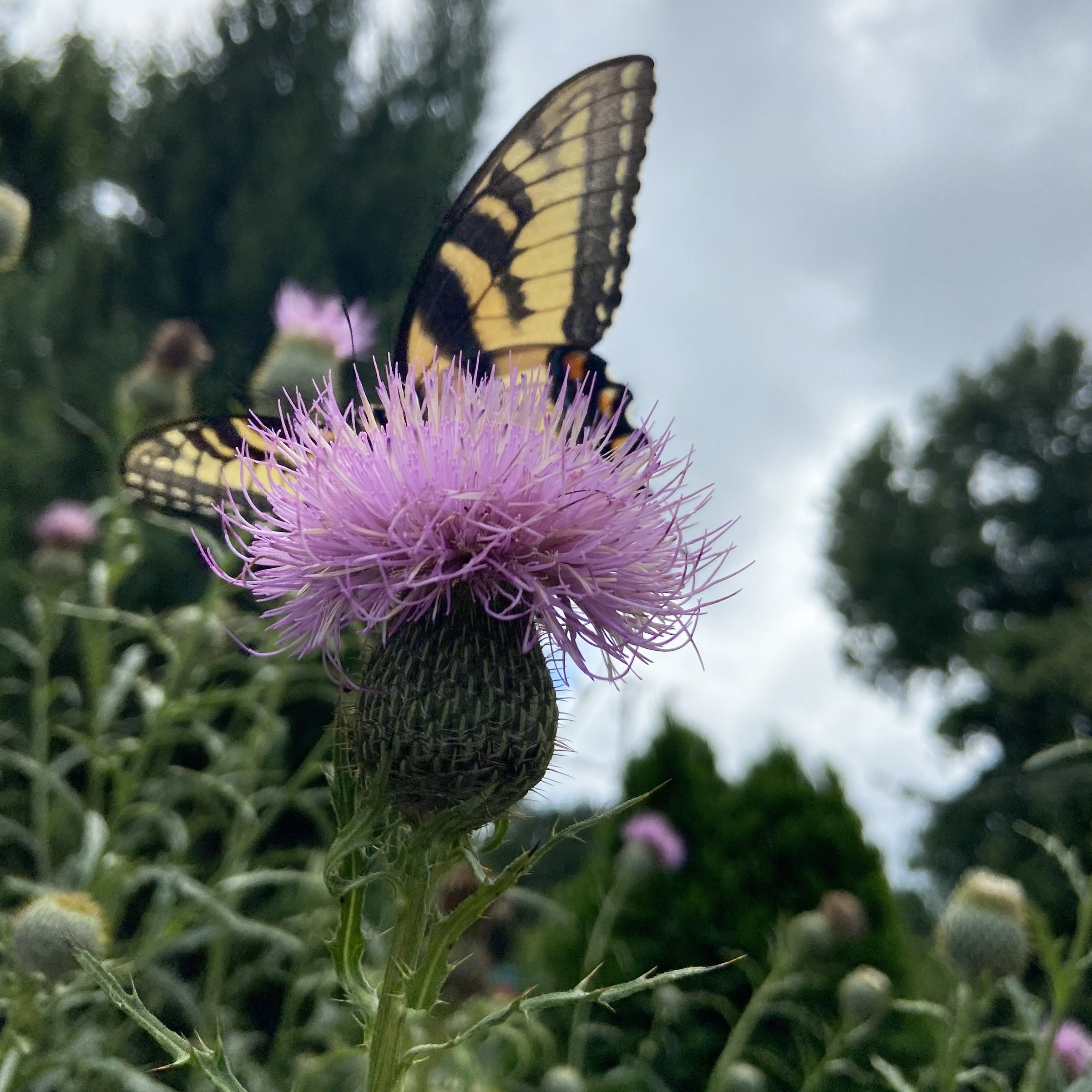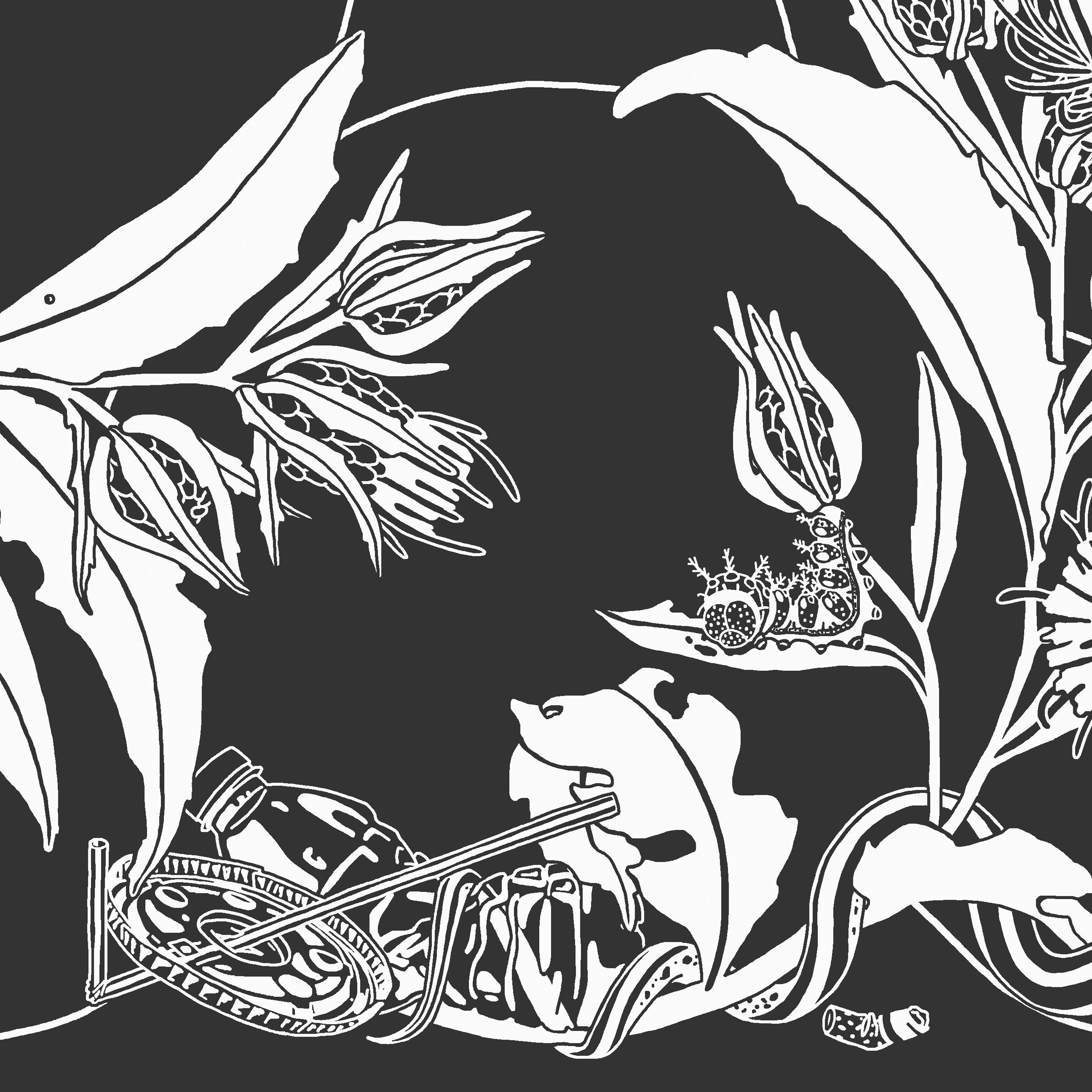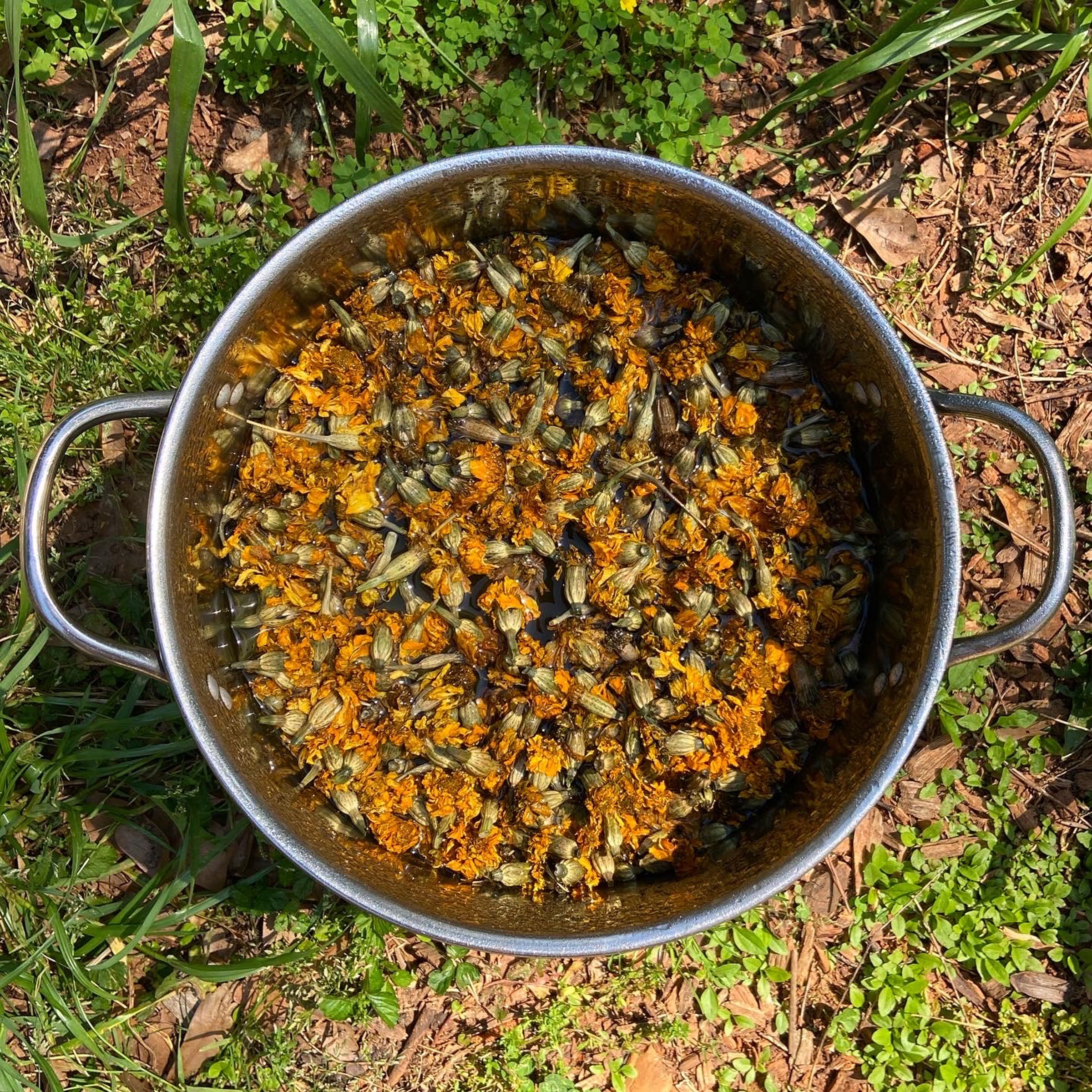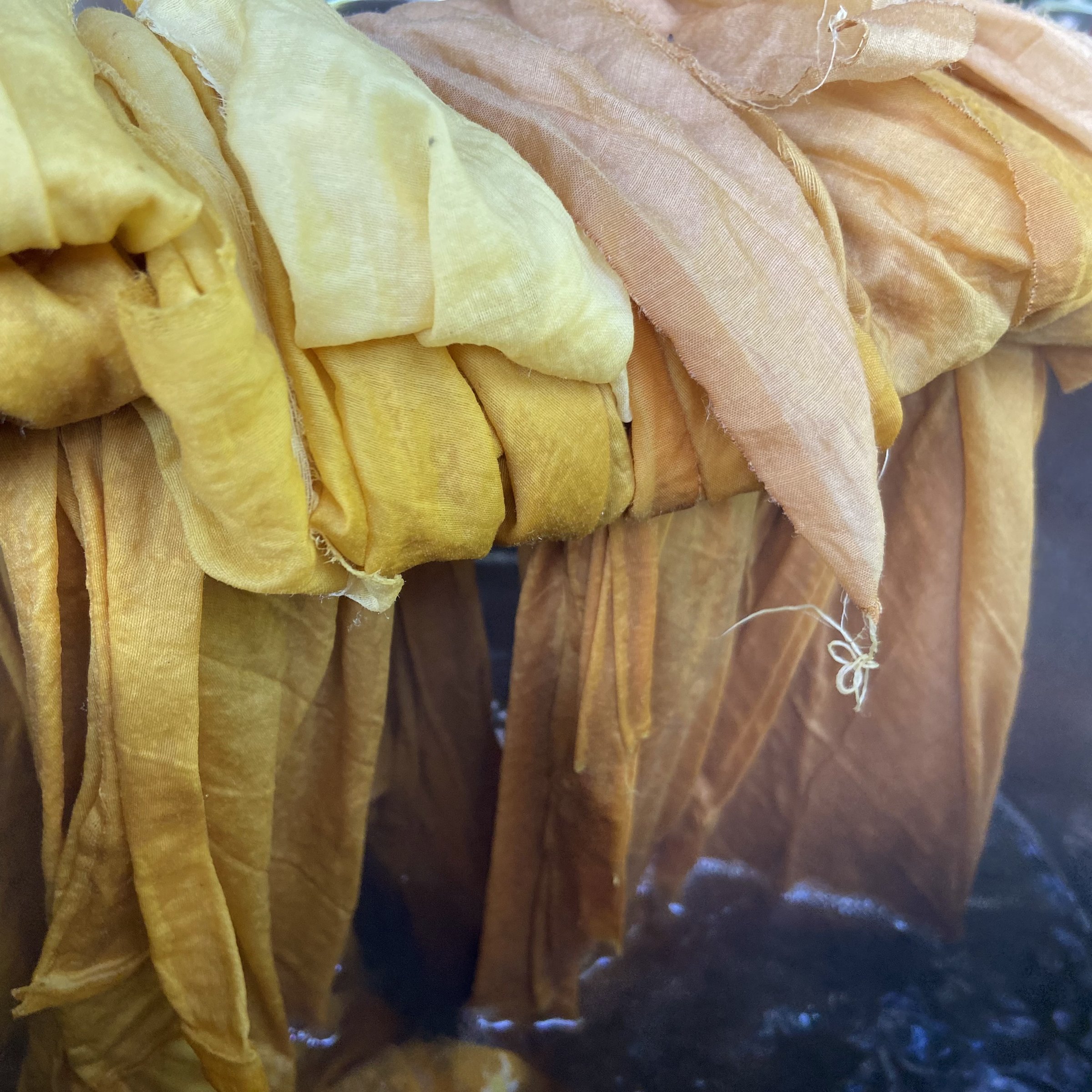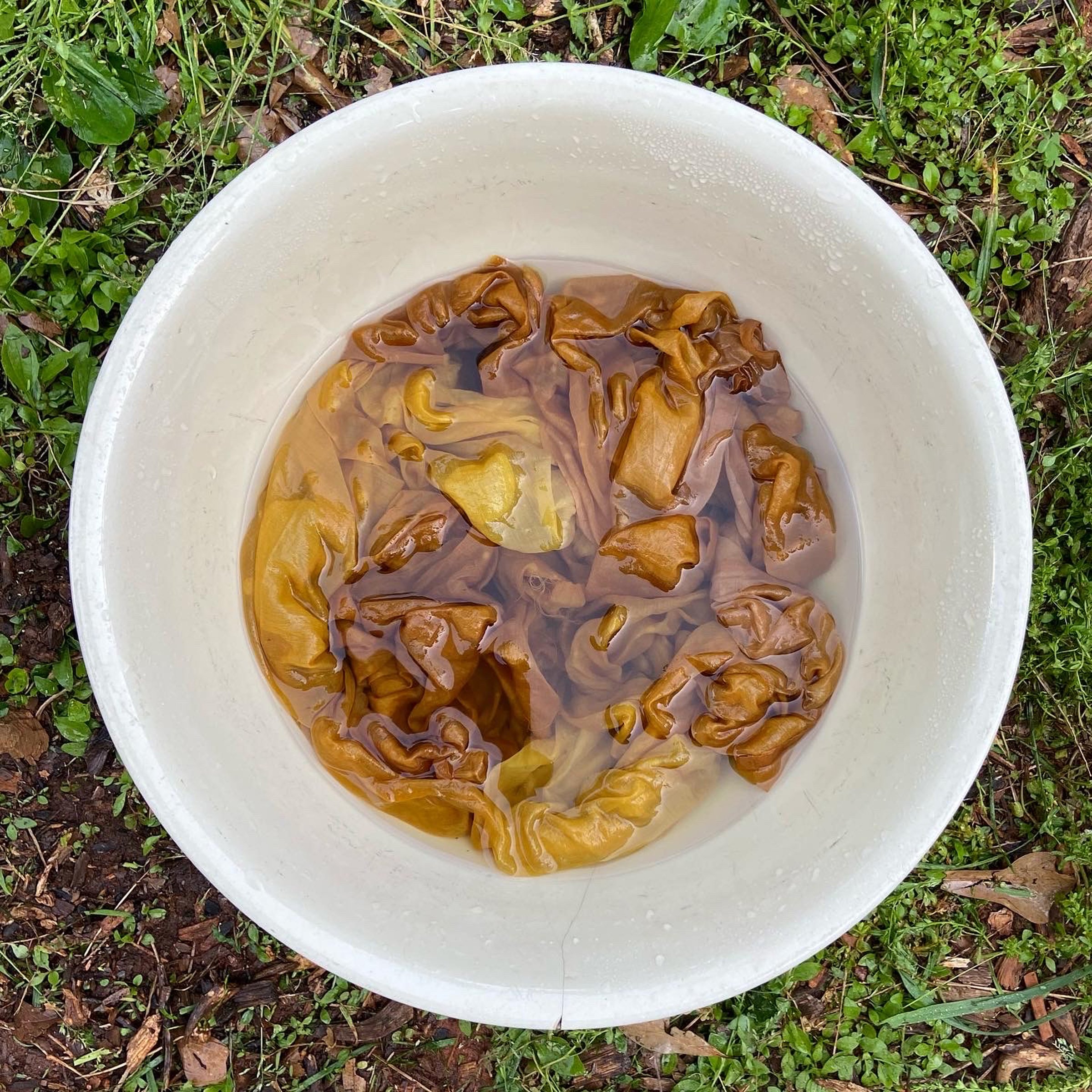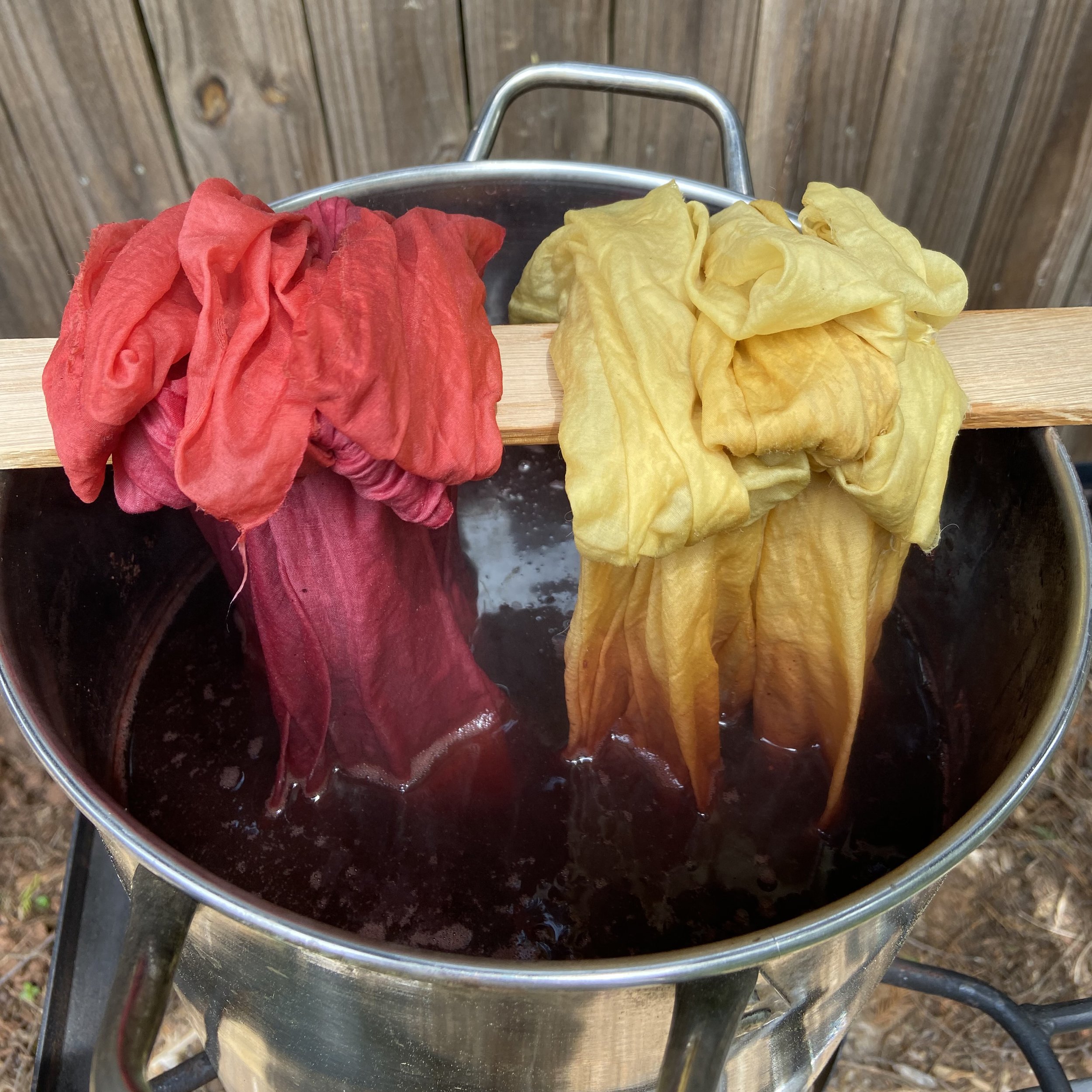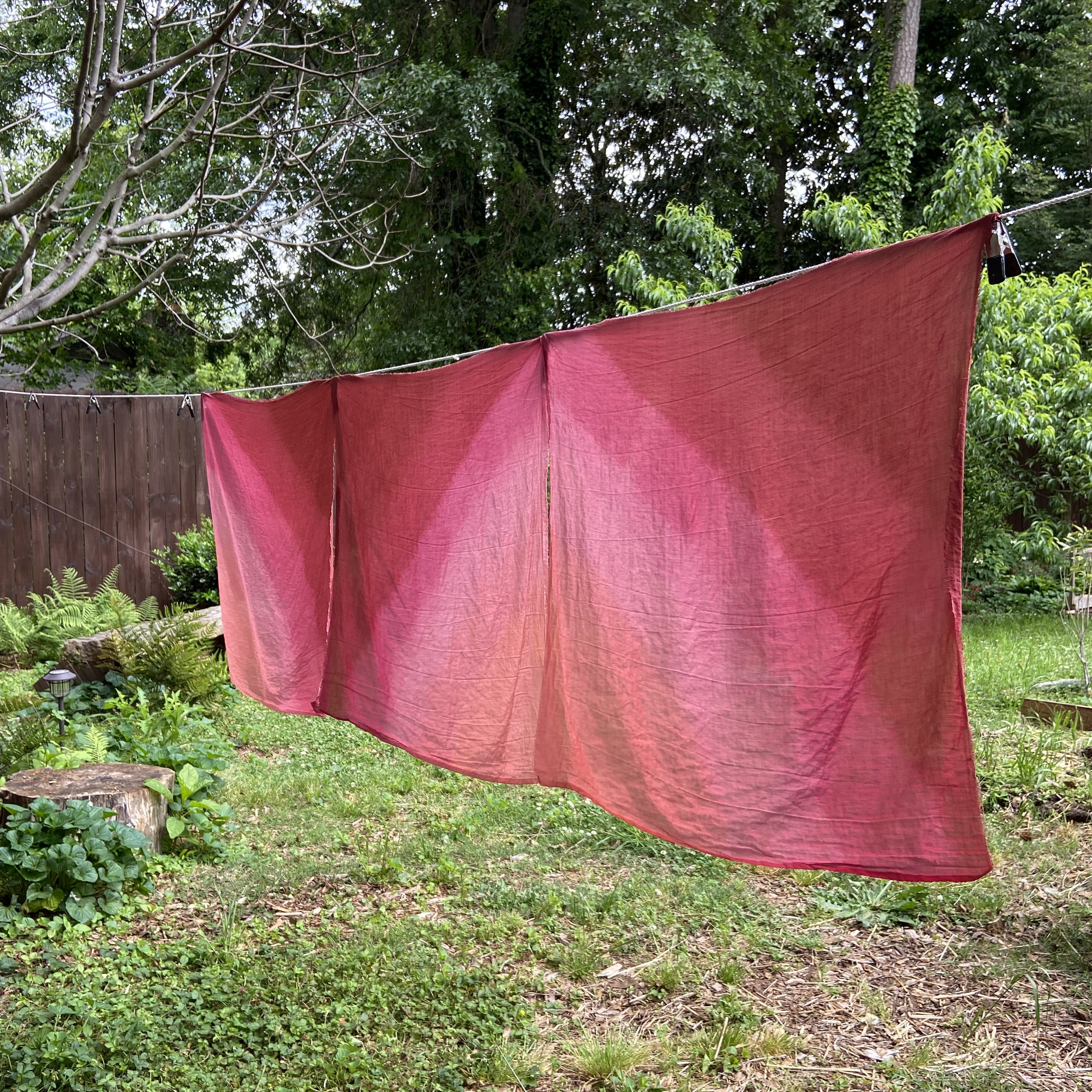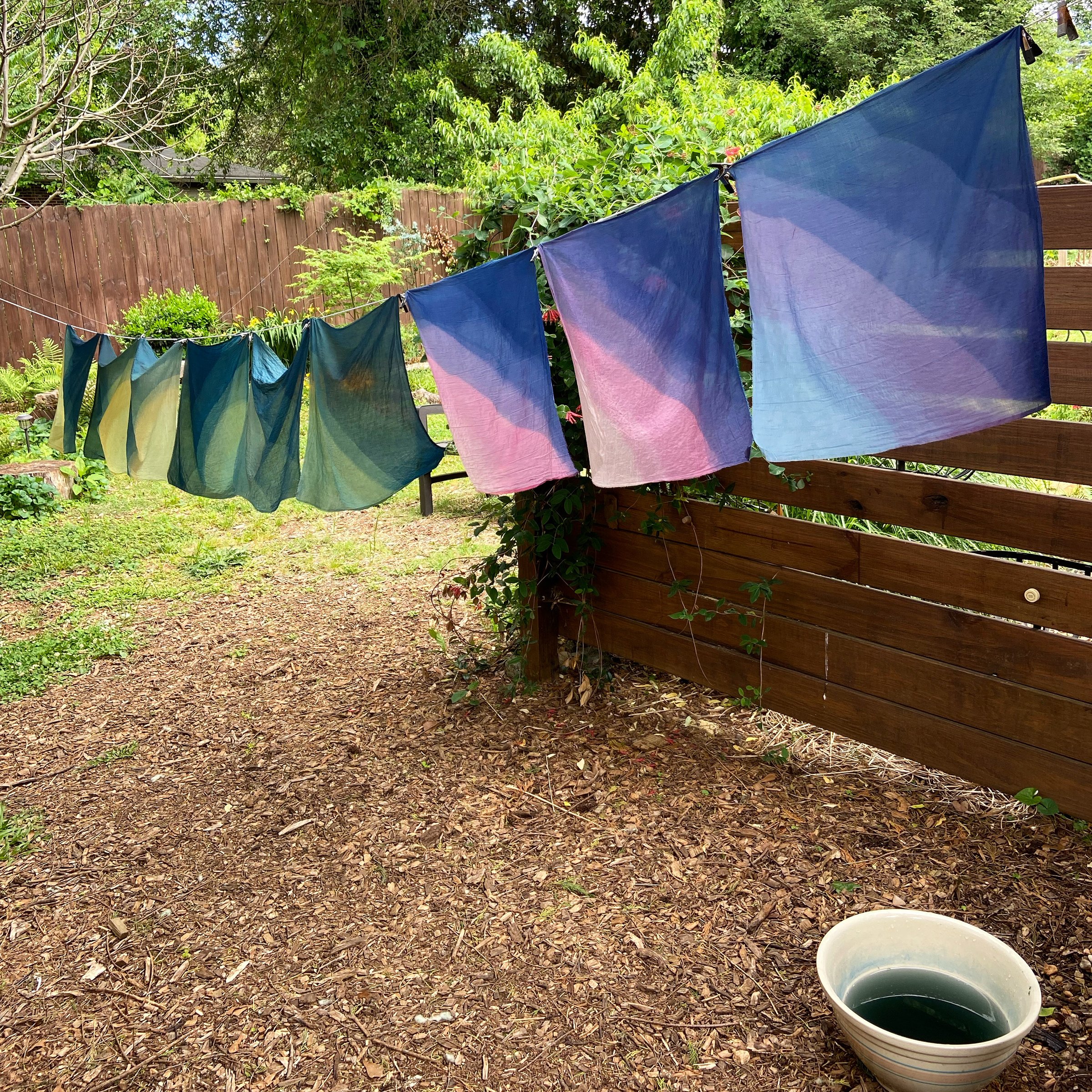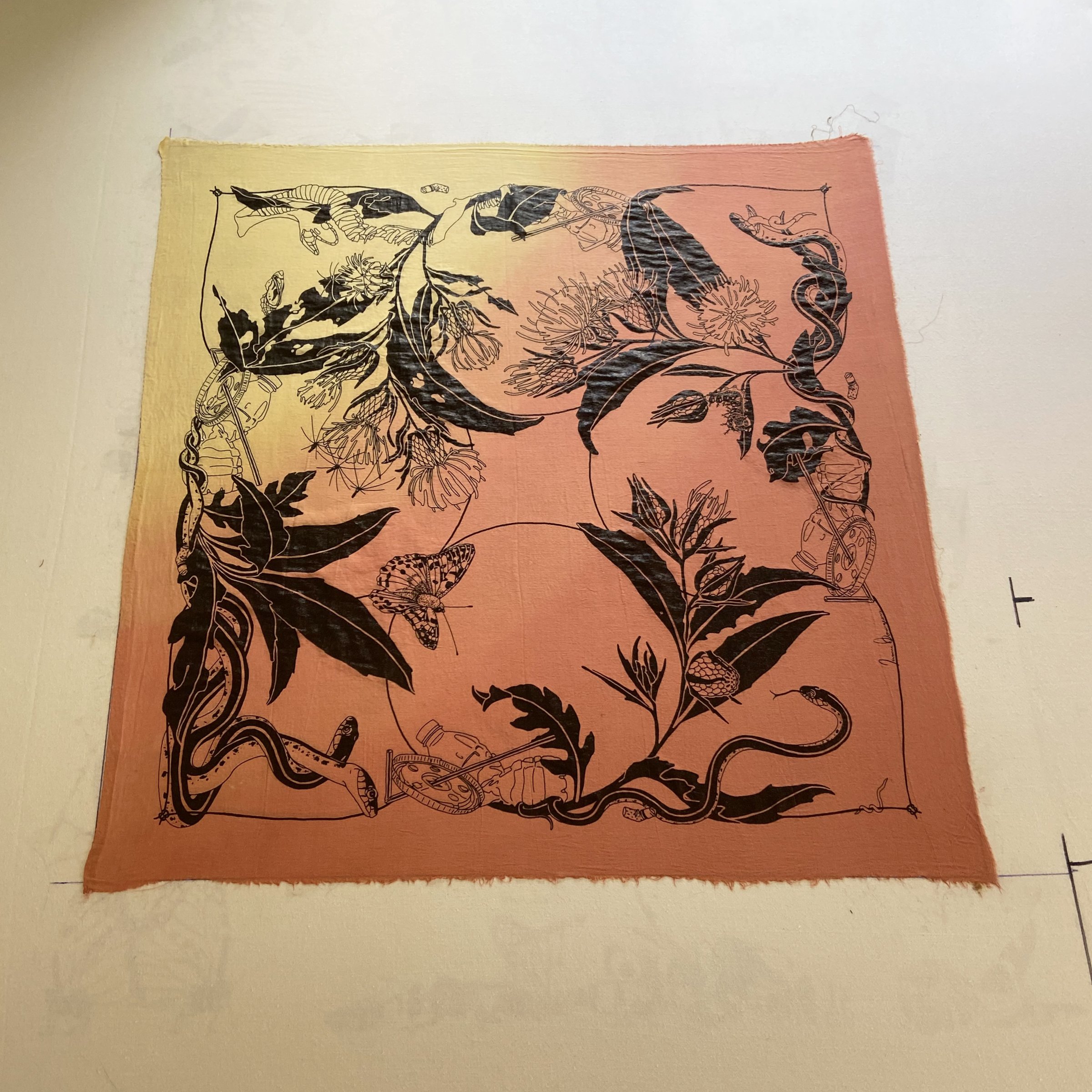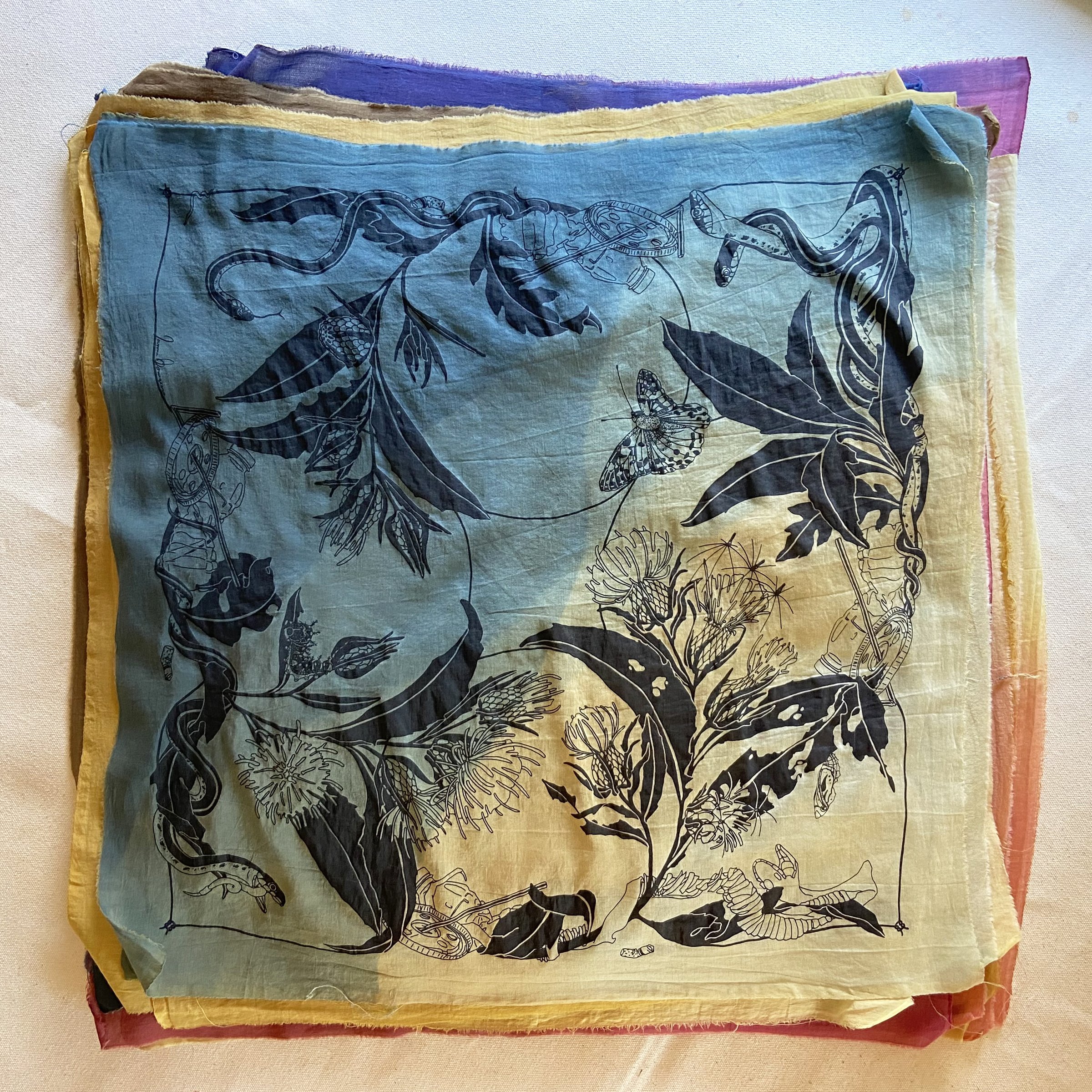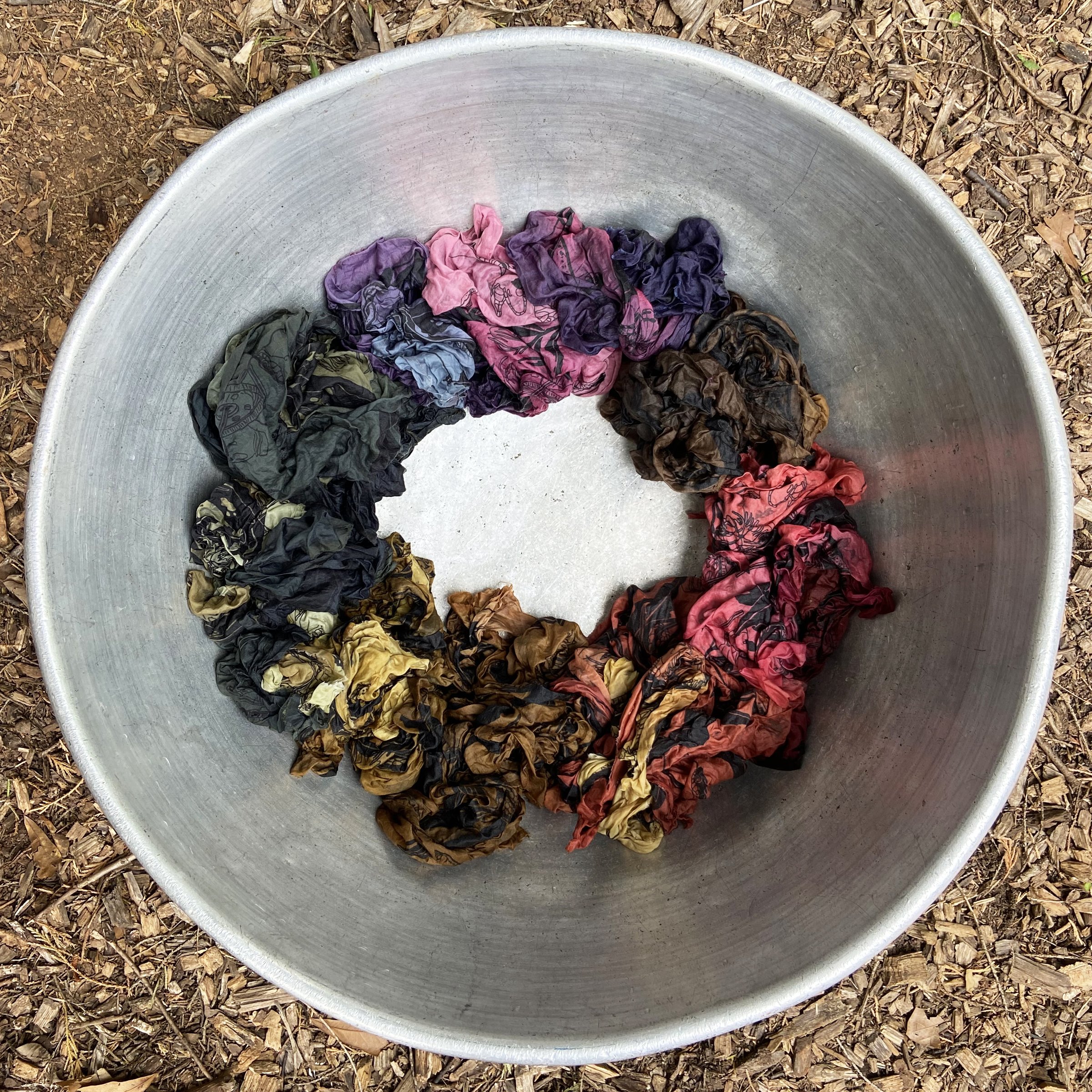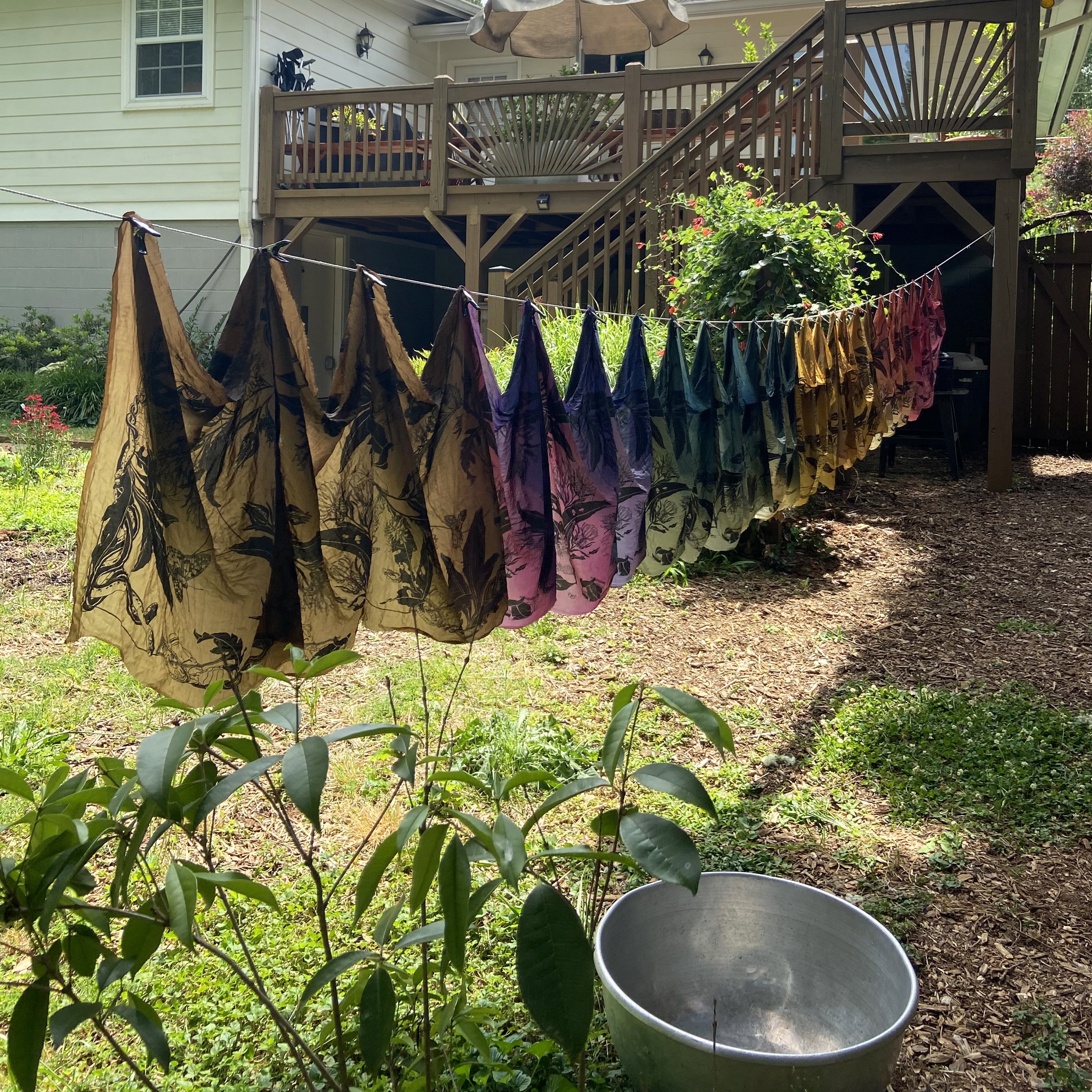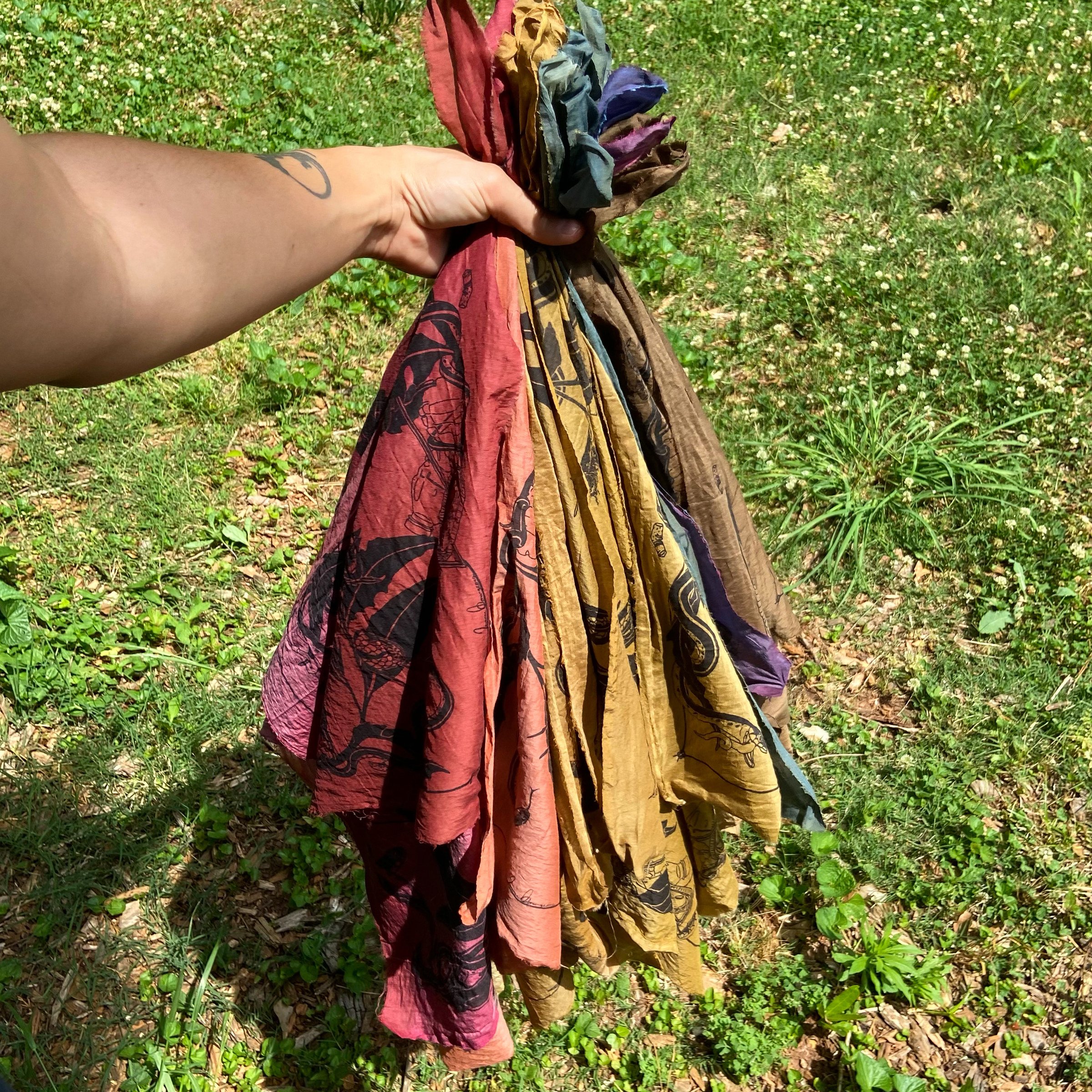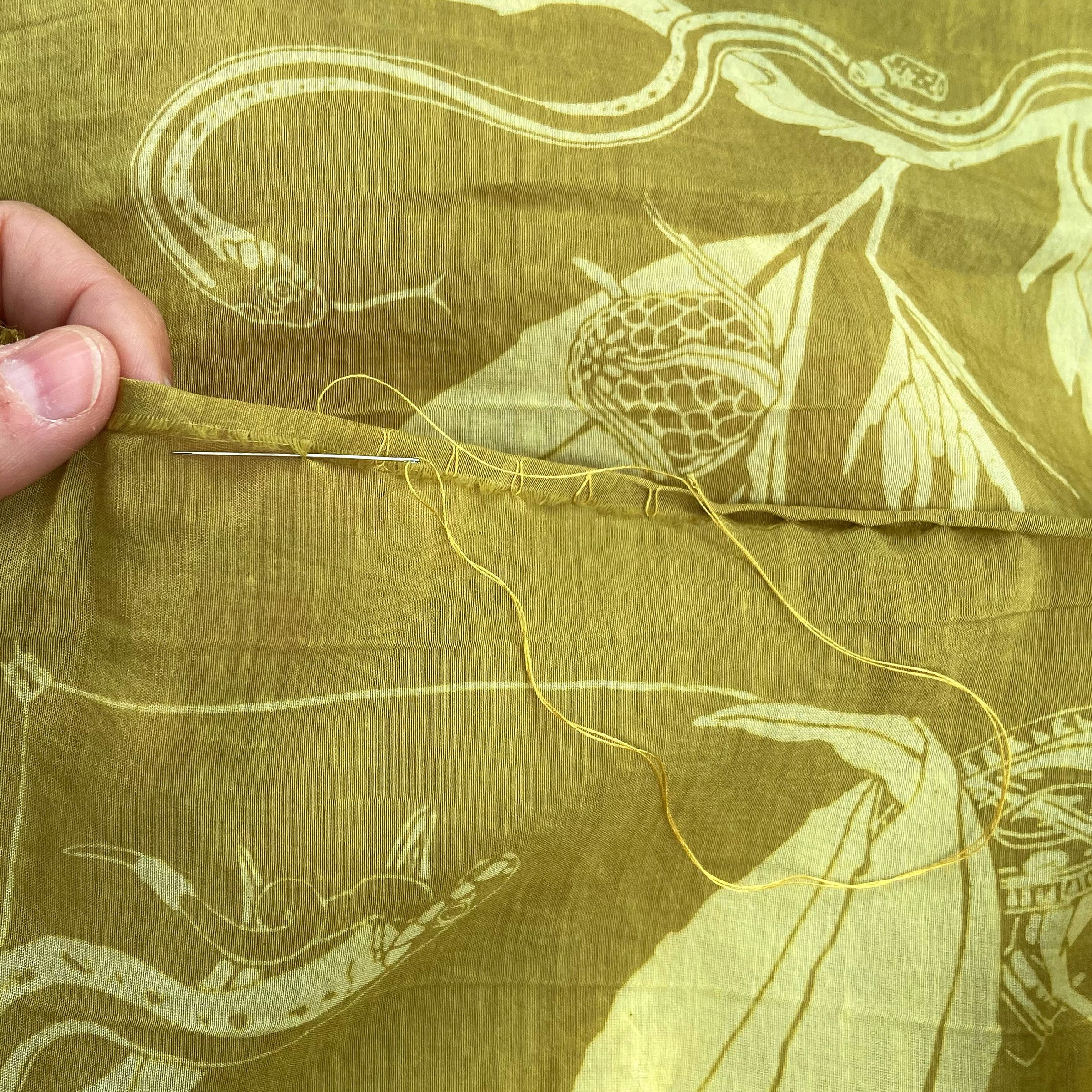PLASTIC SEASONS
The possibility of our existence is dependent on cycles - an infinite number of beautifully wonky circles and webs that continue ad infinitum. From the earth’s orbit around the sun to the biochemical cycles of nitrogen and carbon, the water cycle, food chains, individual life cycles, and the systems and cycles within each living body, life is dependent on the balanced workings of each, everlasting.
As the earth revolves around the sun, with its axial tilt relative to the ecliptic plane, we get seasons. Seasons are a division of the year based on changes in weather, ecology, and the number of daylight hours in a given region. Organisms have evolved over millennia adapting to their specific environments and seasons. Depending on the season the earth’s organisms react, live, and die. But, death isn’t the end. Every ecosystem contains organisms that specialize in reacting to the death of others in ways that create life. Decomposers turn bodies into gases, nutrients, and minerals, turn into energy, turn into life, and so on and on and on.
Plastics, specifically synthetic petroleum-based plastics, have a different life story. Rather than being a part of a continuous productive cycle, plastic gets caught in a destructive and compounding feedback loop where organisms are poisoned and killed off at alarming rates, which sets off a reaction of more death and eventually environmental collapse. Plastics are also a major contributor to climate change.
From extraction to production, in their use and at their disposal, plastics are toxic and disruptive to the planet’s inhabitants and natural systems. Made from fossil fuels, oil and natural gas are refined and molecularly manipulated to create a final product that is not beneficially cyclical.
Since the 1950s, when plastic began to be mass-produced, over 8.3 billion tons have been made and the vast majority of that plastic still exists on the earth today. Plastic has been found in nearly every ecosystem across the planet - even in places scarcely or not at all inhabited by humans; from the arctic circle to the deepest ocean trench. Plastic lines the banks of rivers, is packed into landfills, swirls in the ocean’s gyres, litters mountain tops, and surrounds us in every direction. It has been found in raindrops, in the bellies of birds, and even inside human organs, tissues, and blood. This is in part because plastic is not biodegradable, meaning, it isn’t consumed and transformed by bacteria into other useful compounds. It can be, however, broken apart through a process of photodegradation, where UV rays break the plastic’s molecular bonds, over time causing larger pieces to turn into smaller and smaller bits, creating micro- and nanoplastics. This process also releases greenhouse gases and toxic compounds into the surrounding environment. Several of the chemicals found in plastics are known carcinogens and endocrine disruptors causing developmental, neurological, reproductive, and immune disorders in both humans and wildlife. Plastics are often confused as food, allowing these chemicals to enter into the food chain and bioaccumulate, getting more concentrated as animals eat other contaminated animals, and eventually reaching humans. Accumulating plastics on the surface of the ocean block out the sun and impede the ability of phytoplankton to complete photosynthesis, effectively breaking a vital link in the food chain. Floating plastic also acts as a sponge, accumulating additional pollutants from the surrounding water. Similarly, on land, a growing body of research has shown that plastic can serve as vectors for chemicals and pathogens harmful to human health. They can also disrupt soil biology and crop establishment, which could negatively impact food security.
While plastic waste continues to amass across the globe, there is not only no end in sight, but the World Economic Forum predicts plastic production will double in the next 20 years. As the world begins to move away from fossil fuels as a source of energy and with natural gas prices at record lows, oil companies and fracking operations are eager to find an alternative use for their products - and so they turn to plastic. While recycling and curbing our personal use of single-use plastics is important and makes us feel useful - it is not the solution to the problem.
We need comprehensive policies that put people and the planet over profits, like bans on non-recyclable packaging, laws that hold corporations accountable for their polluting products, and robust well-funded recycling infrastructure. We need to move towards a more circular economy, rather than an extractive one. We need to focus on environmental justice - amplifying the voices of the marginalized and most harmed communities across the globe, and funding the clean-up of their communities. And ultimately, we need to move away from fossil fuels and cease the production of synthetic single-use plastics altogether. It’s time to put science front and center and listen to the experts rather than big business.
As we continue to produce more and more plastic, we are breaking apart and destroying many of the productive and life-sustaining cycles and systems that propel all life on earth.
The biosphere does not belong to us, we belong to it… We remain organisms absolutely dependent on other organisms. - EO Wilson
A small batch collection of handmade naturally dyed silk/cotton kerchiefs whose purpose is to spread seeds of information about our growing plastic problem.


